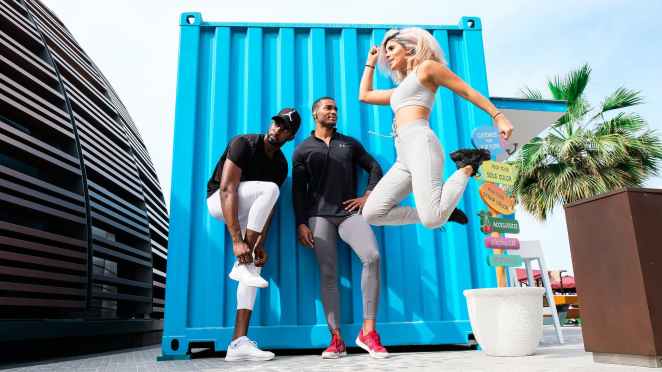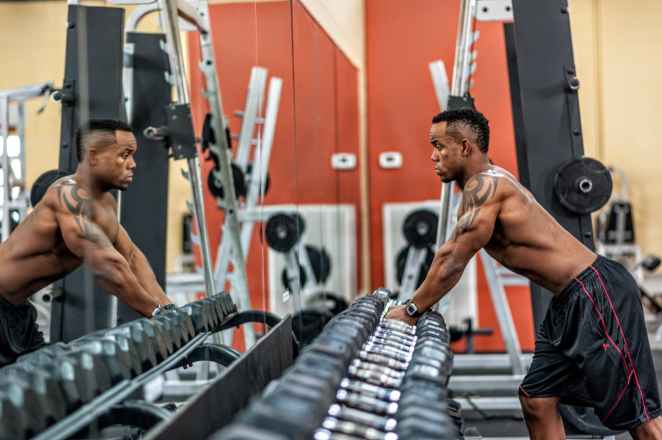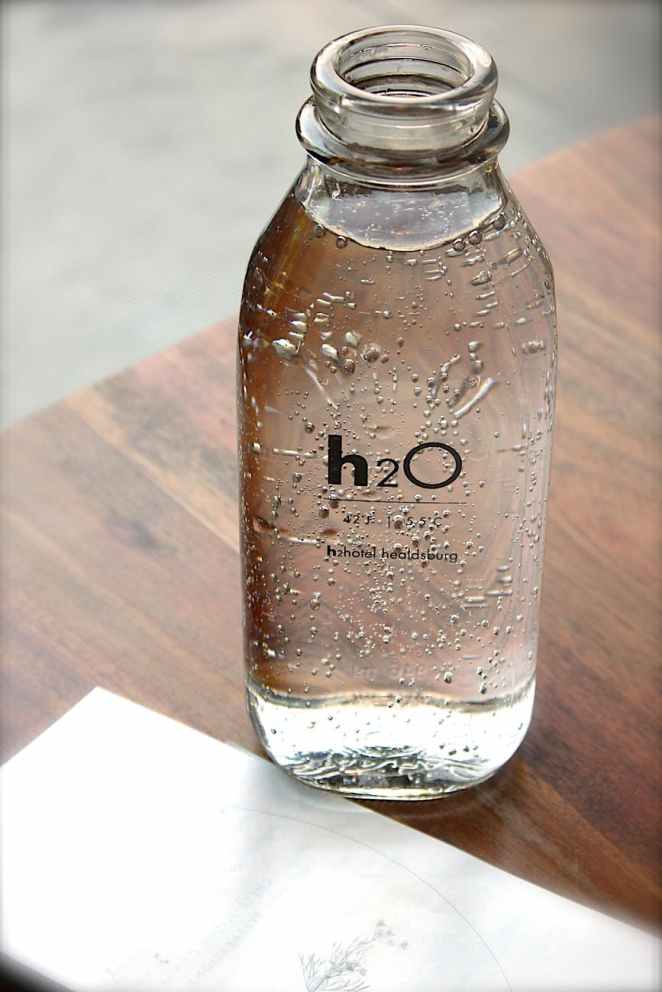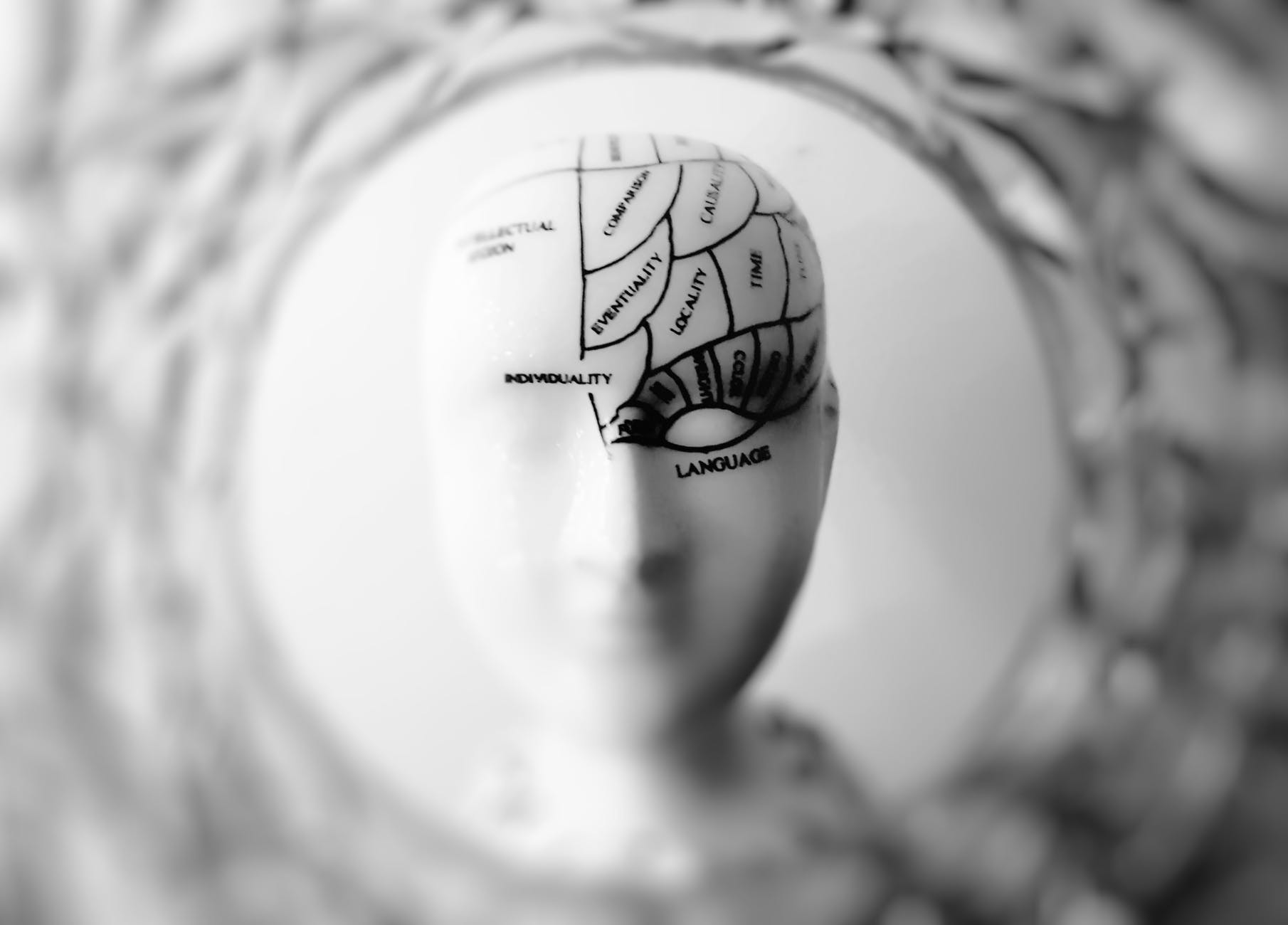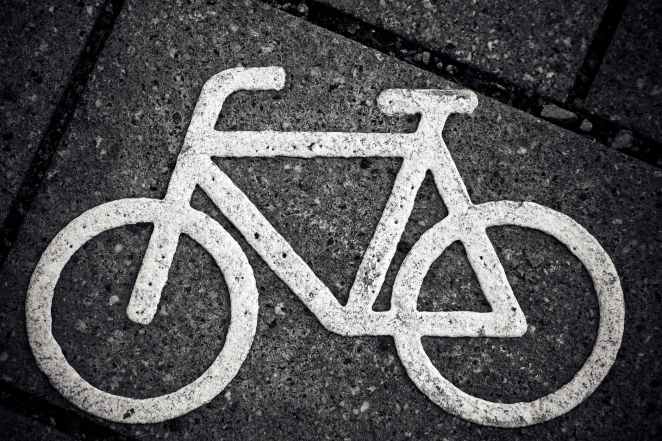The fit movement is in a continuous slay. Everybody who is anybody knows to pick up a habit that exerts them physically or helps them relax better and channel their energies more efficiently. It’s a beautiful craze that we’ve all caught and it doesn’t look like we will be letting go of our fondness for fitness any time soon. This is where we add the ever crucial advice on the label; it becomes necessary to pay attention to nourishment, rest, and safety in the process of fitness. If you run often, then you already know the high it gives after every earnest effort. Traditional advice for runners often cover the basics: stay hydrated, wear weather appropriate gear, run against traffic if you are running on the roads, wear luminescent clothing if you are having an early run, etc. But good advice can never be enough, so here’s more.
Breathe nasally, not orally

Photo by Gratisography on Pexels.com
There’s the myth that if we fill our lungs with air, we can use that full burst of energy it gives to run faster and longer but it’s just that, a myth. Our lungs, legs, and hands all work to give us good form while running and makes for a better experience. Each individual has different fitness levels and as a result, will run at different paces, cover different distances, and last different lengths of time in a run. That said, you can run better and use energy more efficiently in your race when you breathe through your nose, not your mouth. Inhale and exhale easily, this way you use your oxygen optimally to power yourself throughout your run without burning out in the process.
Look straight ahead


There’s this thing about looks that we are all guilty of; we try to mirror the postures of famous athletes when we do similar activities as they do, like running for instance. And so sometimes, you see people keeping their heads down while running because it looks cool. Well, it doesn’t. It’s practical to look down only at the start or end of the race, not during. During the race, all heads should be kept straight and looking ahead in front of the tracks, or trail or roads, whatever the case is. While running, it is a matter of safety to be aware of your environment and that means keeping your eyes open, head up, and looking straight ahead the path before you. This simple tip could be all that assures your safety while you run.
Get off your feet
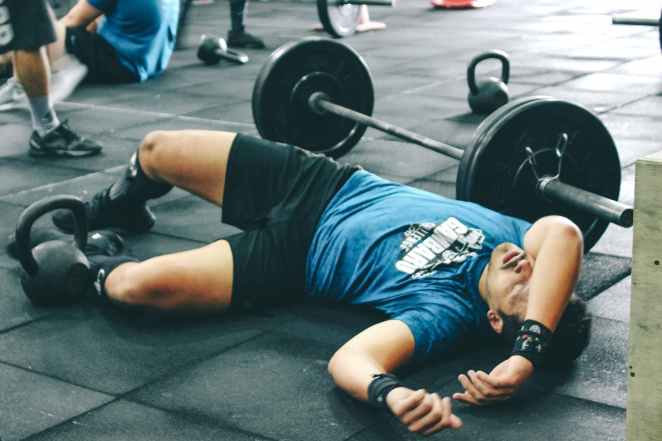
Photo by Victor Freitas on Pexels.com
Our legs are by far the most used part of our body and is the foundation on which other body parts depend. But unfortunately, because it is so hardy, little thought is given to its health and care. For a quality life and an engaging fitness experience, you have to pay your legs the attention they deserve. This means taking out time to get off it when we can. Take a seat instead of standing if one is available, it doesn’t mean you are old, it just means you are wise and you know better. After a long run, try and stay off your feet when you don’t have to be on it. Like other parts of your body, it needs to rest regardless of how firm and faithful it is.
Nourish! Nourish!! Nourish!!!


There’s so much emphasis on losing weight and adding muscle that we forget these are only just two of the goals among many for a fitness life-style. All that activity and exertion can be hard on the body and that is why we must nourish it for all intents and purposes. Basically, the body needs to replenish the energy it uses and you guessed it, this is efficiently done through the consumption of actual, real, whole foods, not alternatives that combine bad advertising, ridiculous claims, and sub-par options in one expensive sell.
Eat your carbs, eat your proteins and eat your healthy fats. Include food options that provide your body with the vitamins and minerals it needs to function optimally and eat according to your goals. By all means, nourish away and do not forget portion control. You can enjoy this journey regardless of the demands on your body and the intensity and discipline it requires. Make your next run your best run.
Let’s work!!!
